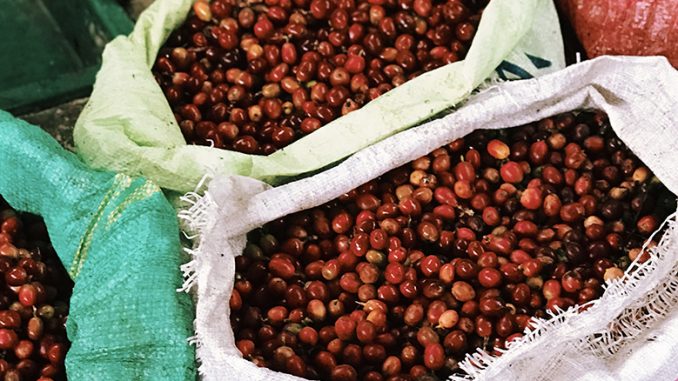
We ask Vietnamese + Vietnamese American roasters to give us their take on the future of coffee in the country.
BY SPENCER AUBREY
SPECIAL TO BARISTA MAGAZINE ONLINE
Cover photo courtesy of Erics Kun
Yesterday, we explored a brief history of how coffee came to Vietnam and shared some resources that demonstrate where Vietnamese coffee sits in the coffee world. Today, we will explore more about the culture of Vietnamese coffee directly through a few roasters who have ties to the country and its coffee culture.
Spencer Aubrey: Why is Vietnamese coffee commonly dark roasted?
Thu Pham, owner & CEO of Càphê Roasters: I learned from my 70-year-old parents the reason behind why Vietnamese coffee is dark roasted. When the French colonized Vietnam in the late 1880s lasting for six decades, they seized large plantations and forced the Vietnamese into labor for exportation. Vietnam’s tropical climate (hot temperature, full sunshine, and regular rainfall) is prime for coffee and rice production, and when grown at lower altitudes, it was “easier” to farm and yielded higher product—all of this benefitting only the French at the time. The Arabica coffee plants were nonexistent in Vietnam at that time, so Robusta was primarily grown.
The Vietnamese were forced to not only learn how to roast the coffee for the French who settled there, but they were also forced to learn for the French to export the roasted coffee. … The French understanding and preference of coffee was heavily influenced by the Italians’ coffee, which was predominately Robusta and dark roasted for their love of espresso. That said, the French had an influence on the dark-roast profile of Vietnamese coffee, though the Vietnamese had their own innate understanding of how to make a delicious cup of brewed coffee using their Robusta beans.
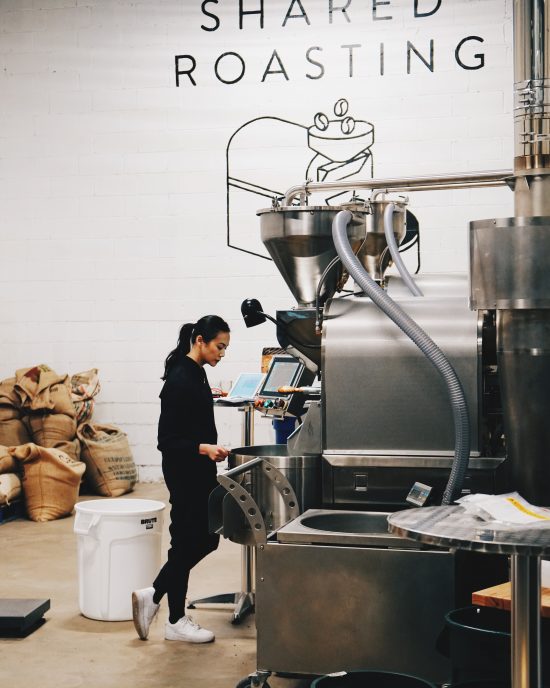
Sahra Nguyen, founder of Nguyen Coffee Supply: Vietnamese coffee is not synonymous with dark roasted and it’s not a requirement to be dark roasted. Vietnamese coffee is a coffee bean, and like all coffee beans, it can be processed, roasted, and brewed in a variety of styles. Our Vietnamese coffee beans at Nguyen Coffee Supply are all roasted medium, to bring out the complexity of the bean’s profile. Vietnamese coffee can also be roasted light or dark, depending on the variety, origin, process, intention, etc.
Many articles on the web will tell you that to “make a Vietnamese iced coffee” start with “French roast” or “dark-roasted” coffee—(as) this has become a common and simplified approach that disregards the integrity of Vietnamese coffee beans and the producers of Vietnamese culture, we believe it needs to change.
Understanding and appreciating the history of Vietnamese coffee is important and continuing to grow as the landscape of coffee continues to grow. Both insights provide us with a valuable lens with which to appreciate the complexity of Vietnamese coffee and invite us to grow alongside it.
What traditions do you find valuable in the process of Vietnamese coffee (particularly roasting and preparation)?
Bao Nguyen, partner at Lang Thang Group/Lang Thang Coffee: Vietnamese food is typically about the balance of flavors, and so is the coffee. Many roasters (not all) have other added flavors or ingredients to round out the flavor of the dark-roasted Robusta beans. For our Saigon Phin Daklak coffee (which is made for Phin preparation), we add soy beans and some other secret flavors. Some people frown on adding flavors and other ingredients to coffee, but we feel like (the) taste of the final product is the most important. Our final product is a cup of Vietnamese iced coffee.
As for the preparation, the Phin is the most traditional way of preparing Vietnamese coffee. Since there is no paper filter, you preserve more of the full-bodied characteristics of the coffee, which helps make a richer cup of ca phe sua da (Vietnamese iced coffee).
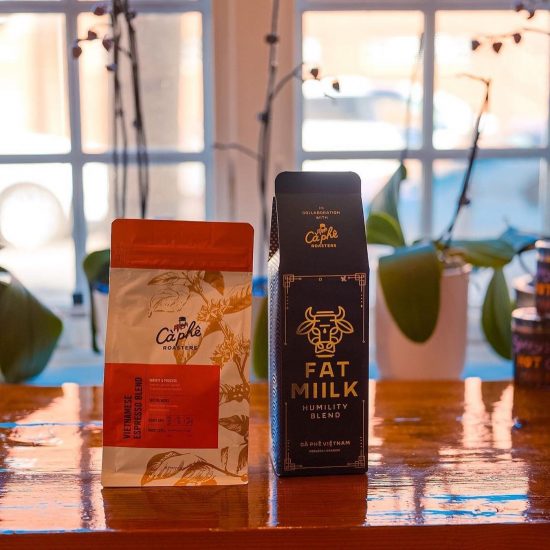
Thu Pham: In roasting, it was really important to me to create one offering that was almost identical to the offerings in Vietnam. In the early stages of R&D, I studied and tried to understand 15 different blends of coffee that I got directly from Vietnam. What I found in the blends from Vietnam was that they were obviously dark roasted, were blends of up to five coffees, and were mostly post-blended. The blends were full-bodied and various flavor notes were noted, even after being roasted months ago. The one flavor note that was so interesting was a beautiful spice note. That said, I created our Vietnamese espresso blend, which is a blend of Vietnamese Robusta and Thailand Arabica and a blend of three roast temperatures (dark-roasted Robusta, medium-dark roasted Robusta, and medium-dark roasted Thailand Arabica). The Thailand Arabica has this poignant spice note that after (being) blended with the Robusta, yielded the cup of coffee that I wanted.
What ways have Vietnamese coffee and its presence in the States influenced your business?
Bao Nguyen: Vietnamese coffee in the States has definitely helped our business. When we were growing up in the ’80s and ’90s, everyone made their Vietnamese iced coffee with Cafe du Monde from New Orleans. Since Trung Nguyen was introduced, people started to learn that chicory wasn’t present in most coffee in Vietnam. I’m also hoping that the variety of Vietnamese coffee in the States will also let people know that not all Vietnamese coffee has to taste exactly the same.
Thu Pham: When we launched in 2018, there were few Vietnamese coffee roasters in the States. I’m so proud that we were the pioneers in the Vietnamese coffee movement here and many more Vietnamese coffee roasters are joining us. … For Càphê Roasters, the Vietnamese coffee presence also helps us with our mission here in the Kensington neighborhood of Philadelphia where a large community of Vietnamese immigrants reside and created businesses, such as restaurants, nail salons, and barber [shops]. Our mission here is to share our Vietnamese specialty-roasted coffee, as well as other East and Southeast Asian coffees to the coffee industry, and bring more people to the Kensington neighborhood.
For over a decade, Kensington has become the epicenter of the opioid crisis, brutally impacting the businesses along the Kensington Avenue corridor. The state’s response to the issue has been minimal and ineffective to support those mentally and physically suffering with their (addiction). When we open our first café on the corridor this summer, we hope that we can bring people from the city to the corridor to not only grab a cup of Vietnamese coffee but also to support the other suffering businesses and be more aware of the crisis—right in their city.
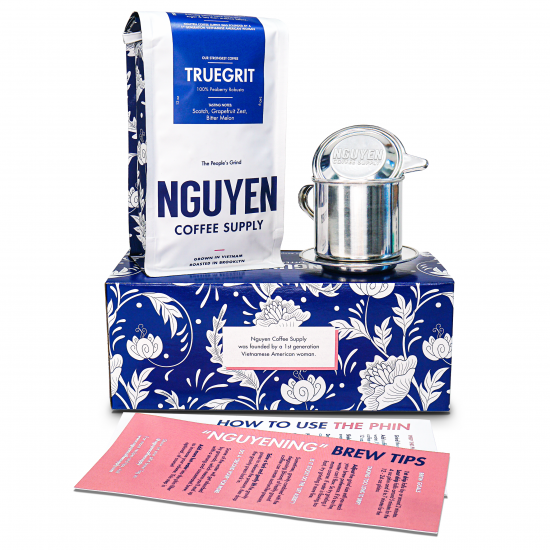
How do you see the future of Vietnamese coffee impacting specialty coffee currently and in the future?
Bao Nguyen: Since most Vietnamese coffee is focused on highlighting Robusta beans, I can see the specialty-coffee market getting more creative with experimenting with more than just Arabica beans. If I were to compare it to food, once people learned to use off-cuts like pork belly and short rib, we got a whole new list of good menu items, and those meats no longer became known as off-cuts.
Thu Pham: As the Vietnamese coffee movement grows, consumers will have a better understanding and appreciation of specialty roasted Robusta beans, and I truly believe the consumers will dictate how specialty coffee unfortunately still views Robusta beans (as garbage). I always say this: People have preferences in coffee flavor profiles, and if they prefer Arabica beans over Robusta beans, that’s absolutely fine. But people, especially people in the specialty-coffee community, must stop insulting Robusta … it is not just a type of coffee variety. It’s more than that. Robusta is also a part of someone’s livelihood and my Vietnamese community’s culture and tradition. An insult towards Robusta truly disrespects the farmers, their families, and my people.
There is also still a lack of education and resources for the Vietnamese farmers. I see funds being allocated to the education of better practices and techniques and equipment such as coffee beds and mills—all of this helping better growth and quality of crops and efficiency rates.
Sahra Nguyen: I believe Vietnamese coffee and Robusta coffee is the future of specialty coffee. While Arabica is a great variety and will continue to be enjoyed by many, this idea that “100% Arabica” is the golden standard for “specialty” will change. It’s not about 100% Arabica or 100% Robusta, it’s about diversifying and bringing the values of specialty-coffee culture to Robusta growers around the world. Specialty coffee isn’t just something we drink; specialty coffee is a collective investment from people all along the supply chain to improve lives and build a more sustainable world together. There’s no reason why Vietnam, the second-largest producer of coffee in the world, should be left out of this conversation.
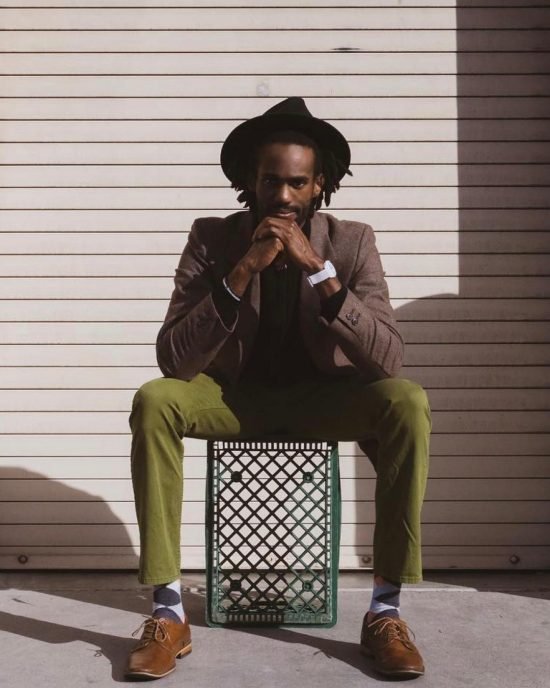
ABOUT THE AUTHOR
Spencer Aubrey (he/him) is a Black coffee professional currently working for Sayso Coffee in Winston-Salem, N.C. Spencer is a published poet, musician, tutor, and aspiring entrepreneur who enjoys the complexities and nuances within the coffee community. Spencer is originally from Scottsdale, Ariz., but is enjoying his time in the South as he looks for opportunities to connect with folks during the pandemic.

